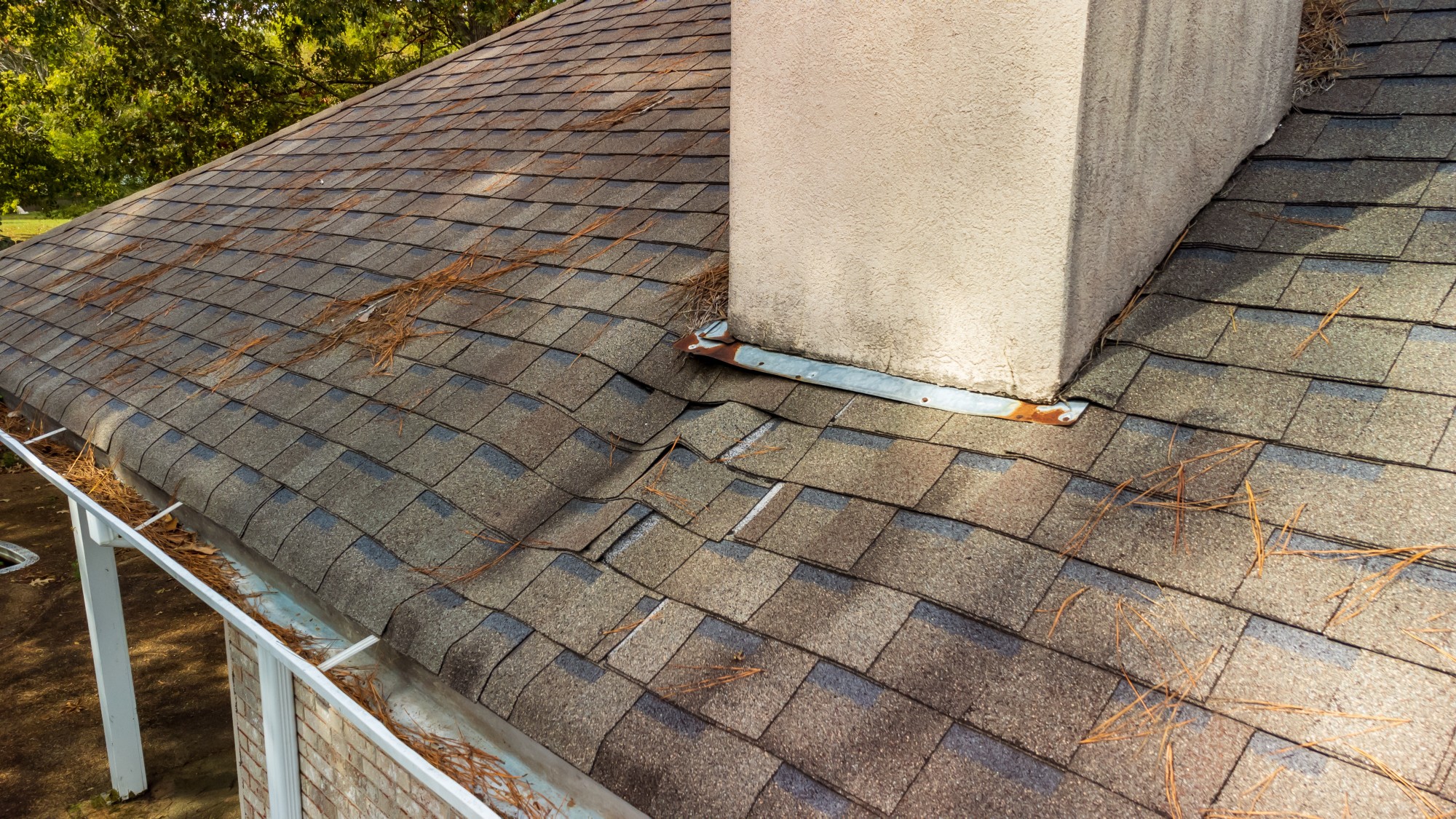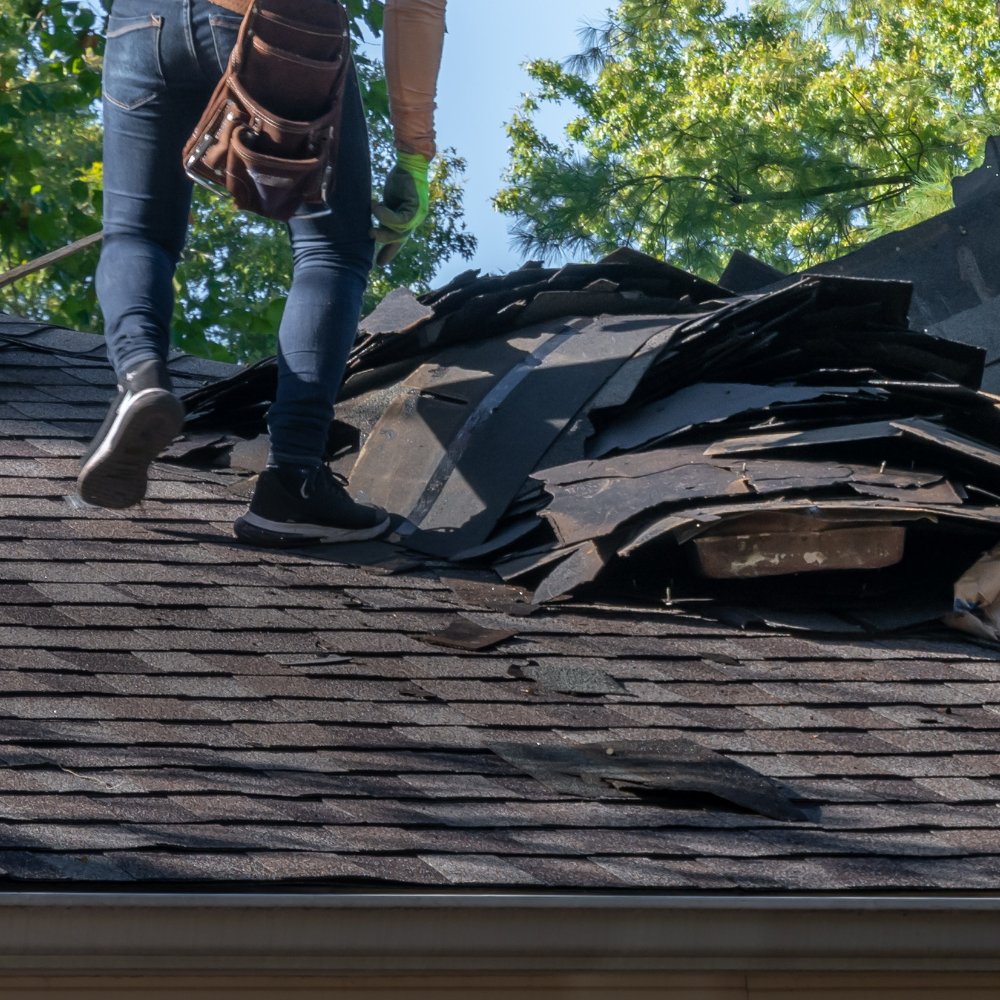Roof Repair Oahu: Expert Roof Repair Works for Lasting Security
Wiki Article
Recognizing the Different Types of Roofs: A Comprehensive Guide for Homeowners
With a range of options-- ranging from the conventional gable to the modern level-- each type provides one-of-a-kind advantages and difficulties that need to align with the home owner's environmental considerations and particular demands. As we discover the details of different roofing system kinds, it becomes evident that one dimension does not fit all; the best selection might surprise you.Saddleback Roof
Gable roofing systems, identified by their triangular shape, are among the most prominent roofing styles because of their simplicity and performance in shedding water and snow. This design features two sloping sides that satisfy at a ridge, permitting reliable water drainage and lessening the risk of water build-up. The steep pitch typically related to gable roofings boosts their capability to handle hefty rainfall, making them suitable for numerous climates.Along with their useful advantages, saddleback roofs use aesthetic convenience. They can be adapted to different architectural designs, from traditional to modern-day homes. The design can likewise fit extra attributes such as dormer windows, which enhance natural light and air flow in the attic room.
Additionally, gable roofings offer enough area for insulation, adding to energy effectiveness. Property owners can select from a selection of roof covering materials, including asphalt shingles, steel, and ceramic tiles, further improving modification choices.
Despite their benefits, gable roofs may require added assistance in areas vulnerable to high winds or hefty snowfall. In general, the saddleback roof stays a popular option due to its blend of performance, sturdiness, and aesthetic charm.
Flat Roofs
Level roofs are frequently recognized for their minimalist layout and sensible applications, particularly in industrial and commercial settings (oahu roofing). These roof coverings include a straight or almost horizontal surface area, which permits simple construction and functional area application. While they may lack the visual appeal of pitched roof coverings, level roofing systems use various advantages, specifically in metropolitan environments where making the most of room is crucialOne of the key benefits of flat roofing systems is their availability. Property owners can make use of the roof covering area for different purposes, such as roof yards, terraces, or solar panel installations. Furthermore, level roofing systems are generally much more cost-effective to maintain and install contrasted to their sloped counterparts, as they need less products and labor.
Common materials utilized for flat roofings consist of built-up roofing (BUR), customized asphalt, and single-ply membrane layers, each offering distinct benefits. On the whole, flat roofing systems serve as a versatile and useful option for numerous homeowners and services alike.
Hip Roofing Systems
Hip roof coverings are characterized by their sloped sides that merge on top, developing a ridge. This style stands out from gable roofing systems, as all four sides of a hip roofing incline downwards towards the walls, supplying an extra stable framework. The angle of the slopes can vary, permitting adaptability in architectural looks and functionality.Among the primary advantages of hip roofing systems is their capability to withstand hefty winds and damaging weather problems. The sloped surface areas allow better water drainage, decreasing the threat of leaks and water damage. Additionally, hip roof coverings provide boosted attic room, which can be used for storage space and even exchanged livable areas.
However, building a hip roof can be a lot more intricate and pricey than easier roof types, such as saddleback roofs. The added product and labor associated with developing the inclines and making sure appropriate architectural honesty can cause greater expenses. In spite of these drawbacks, many property owners favor hip roof coverings for their resilience, visual appeal, and potential for power efficiency.
Mansard Roofings
Mansard a knockout post roof coverings, commonly acknowledged by their unique four-sided style, feature 2 slopes on each side, with the reduced incline being steeper than the top. This architectural style, stemming from France in the 17th century, is not only aesthetically enticing however practical, as it makes best use of the functional area in the upper floors of a building. The steep reduced incline enables even more headroom, making it a suitable choice for lofts or attics, which can be exchanged living rooms.Mansard roofing systems are defined by their adaptability, suiting numerous architectural designs, from typical to contemporary. They can be constructed with different products, including asphalt shingles, slate, or metal, providing house owners with a range of options to match their preferences and spending plans. Furthermore, the design enables the integration of dormer windows, enhancing natural light and ventilation in the upper degrees.
Nonetheless, it is vital to consider the potential disadvantages. Mansard roofs may require more maintenance as a result of the complexity of their layout, and their steep slopes can be testing for snow and rainfall runoff. Overall, mansard try this website roofs combine elegance with functionality, making them a popular option amongst property owners looking for unique building features.
Dropped Roof Coverings
As house owners significantly seek simpleness and functionality in their architectural layouts, lost roofing systems have actually emerged as a popular option. Defined by a single sloping airplane, a shed roofing presents a minimalist aesthetic that complements numerous home designs, from modern to rustic.Among the primary benefits of a shed roof is its simple construction, which usually equates to lower labor and product expenses. This design enables reliable water drain, decreasing the threat of leakages and water damage. Additionally, the vertical incline offers sufficient room for skylights, enhancing all-natural light within the inside.
Lost roofing systems likewise use convenience in terms of use. They can be effectively incorporated into enhancements, garages, or outdoor frameworks like structures and sheds. Furthermore, this roofing style can accommodate different roof materials, including metal, asphalt roof shingles, or perhaps he said green roofing systems, lining up with environment-friendly campaigns.
Nonetheless, it is essential to consider local climate problems, as heavy snow tons might require changes to the roofing's angle or structure. Generally, dropped roofings present a sensible and visually pleasing alternative for home owners wanting to optimize capability without endangering style.
Verdict


Gable roofing systems, identified by their triangular shape, are amongst the most prominent roof designs due to their simpleness and effectiveness in dropping water and snow. oahu roofing. The high pitch generally connected with gable roofing systems improves their ability to take care of hefty rainfall, making them suitable for numerous environments
While they may lack the aesthetic allure of pitched roofings, level roofs provide countless advantages, specifically in city atmospheres where making the most of room is vital.

Report this wiki page